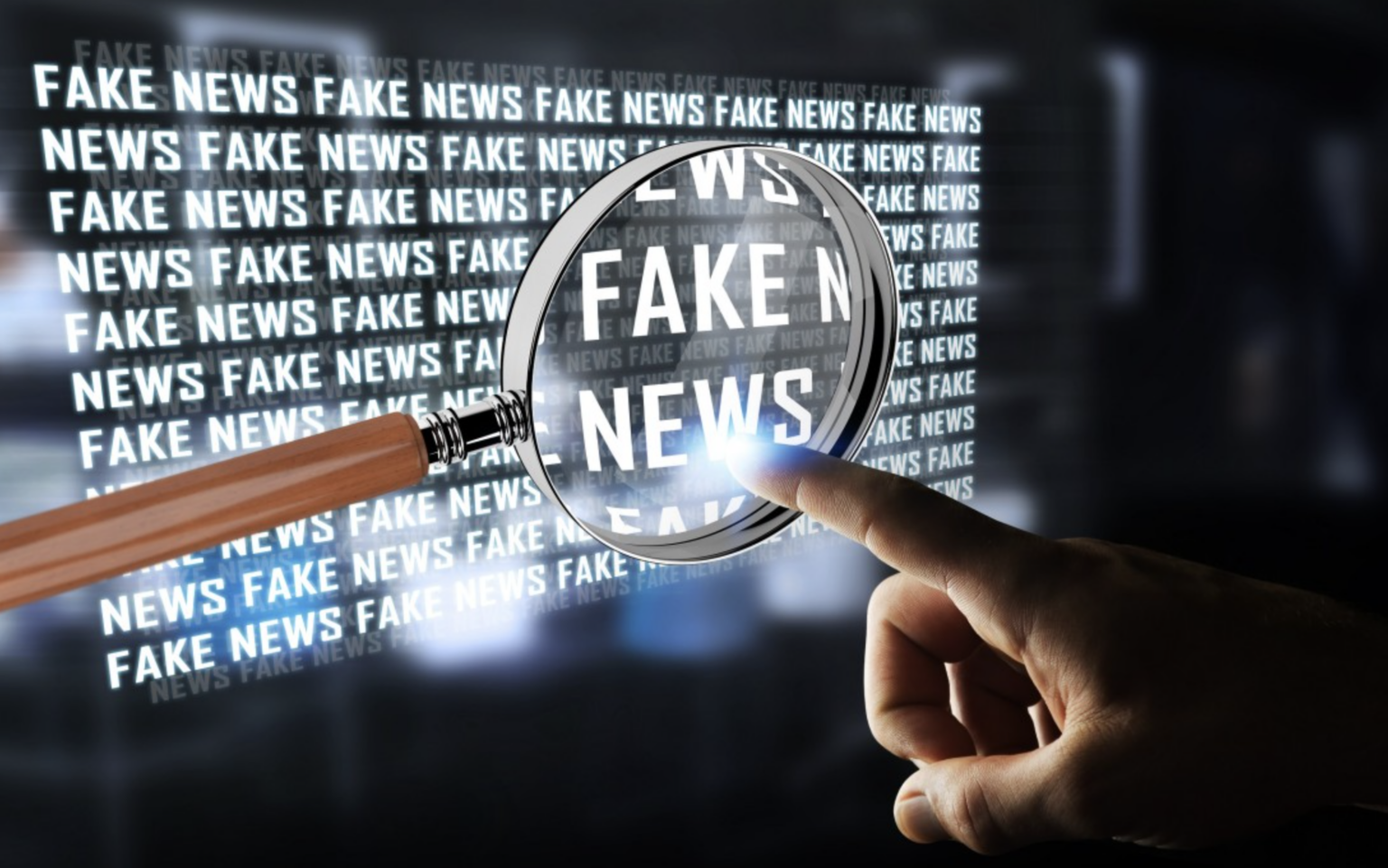As the 2024 elections approach, artificial intelligence (AI) is at the forefront of both innovation and controversy. The expanding capabilities of AI in generating convincing disinformation pose significant threats to the integrity of democratic processes. This article delves into the challenges and solutions surrounding AI-generated disinformation in elections.
The AI Misinformation Landscape:
The proliferation of AI technologies has led to an increase in misinformation due to the ease of generating convincing fake content. This is particularly concerning in political contexts, where such content can influence public opinion and election outcomes. Advanced AI tools now have the capability to create fake videos, audios, and images that are difficult to distinguish from authentic ones. This has raised alarms about the potential for AI to amplify misinformation campaigns that could sway voters and disrupt democratic processes (Brookings) (NY1).
Industry and Legislative Responses:
In response to the growing threat, both the tech industry and legislative bodies are mobilizing to mitigate the risks associated with AI-generated misinformation. A notable initiative is the “Tech Accord to Combat Deceptive Use of AI in 2024 Elections,” where leading technology companies have pledged to develop tools to detect and counteract harmful AI-generated content. This includes enhancing transparency and public awareness about the deceptive capabilities of AI (Source).
Representative Ted Lieu has advocated for the establishment of a bipartisan commission to regulate AI and ensure that its use in elections remains ethical and transparent. This reflects a broader call for a proactive approach to governance in the AI space to prevent its misuse (NY1).
The Challenge of Detection and Education:
The real challenge lies in detection and public education. As AI-generated content becomes more sophisticated, the ability to identify false information becomes more critical. Initiatives to improve media literacy and inform the public about the nature of AI-generated misinformation are essential. This includes fostering a critical approach to consuming information, especially during election periods (Brookings) (Source).
Conclusion:
As we edge closer to major elections, the dual role of AI as both a technological marvel and a potential facilitator of misinformation cannot be ignored. The collective effort of the tech industry, regulators, and the public will be crucial in navigating this new landscape. By enhancing detection technologies and investing in public education, we can hope to safeguard the integrity of our electoral processes.


